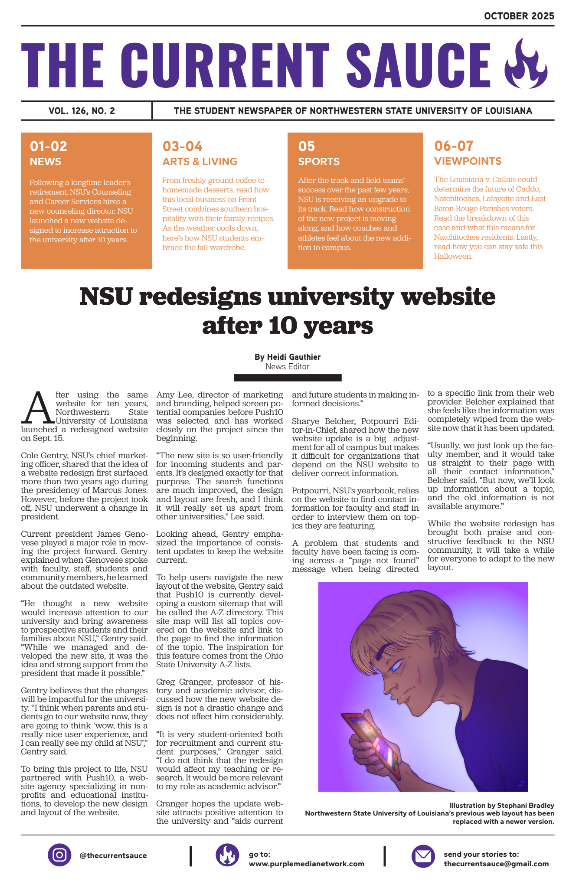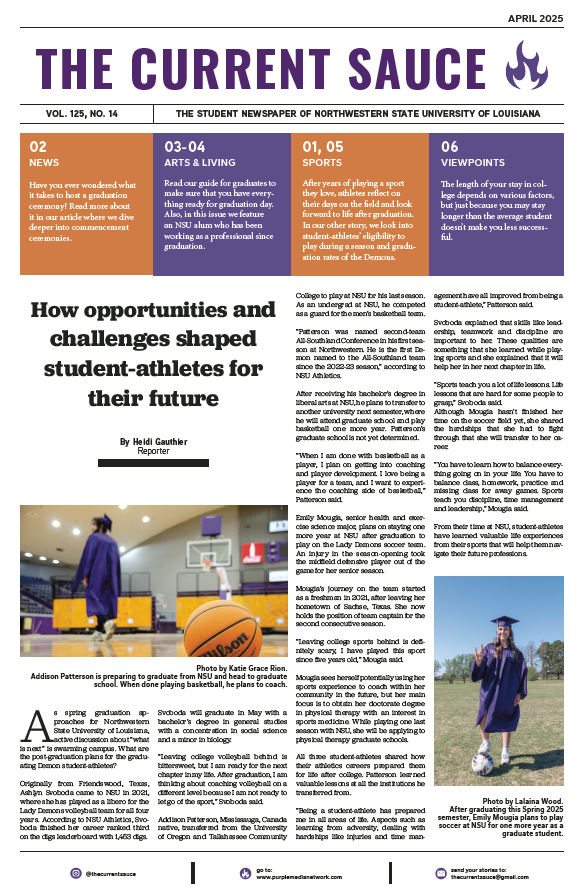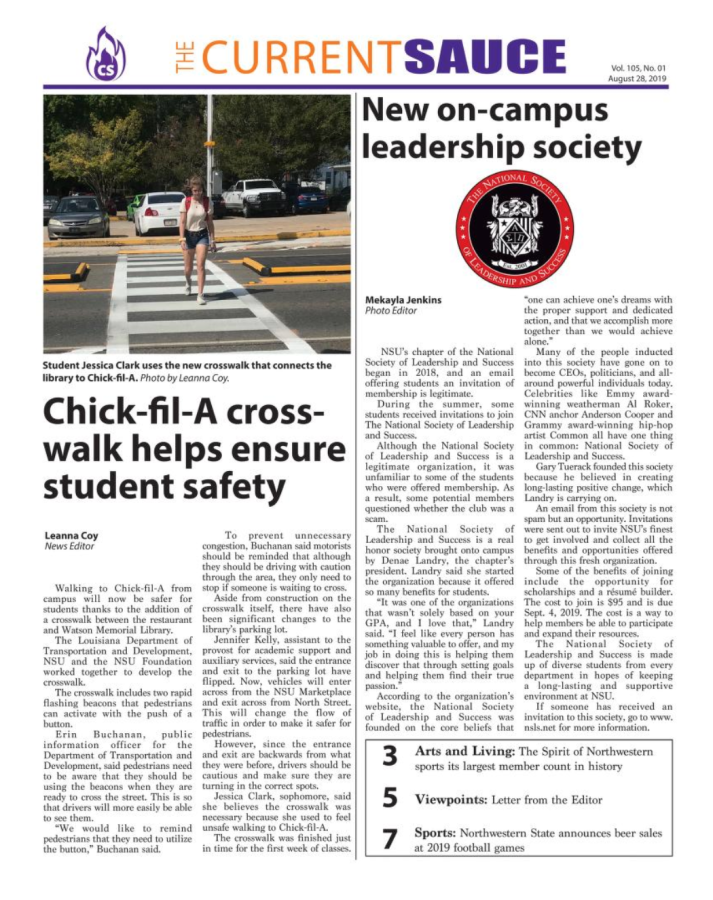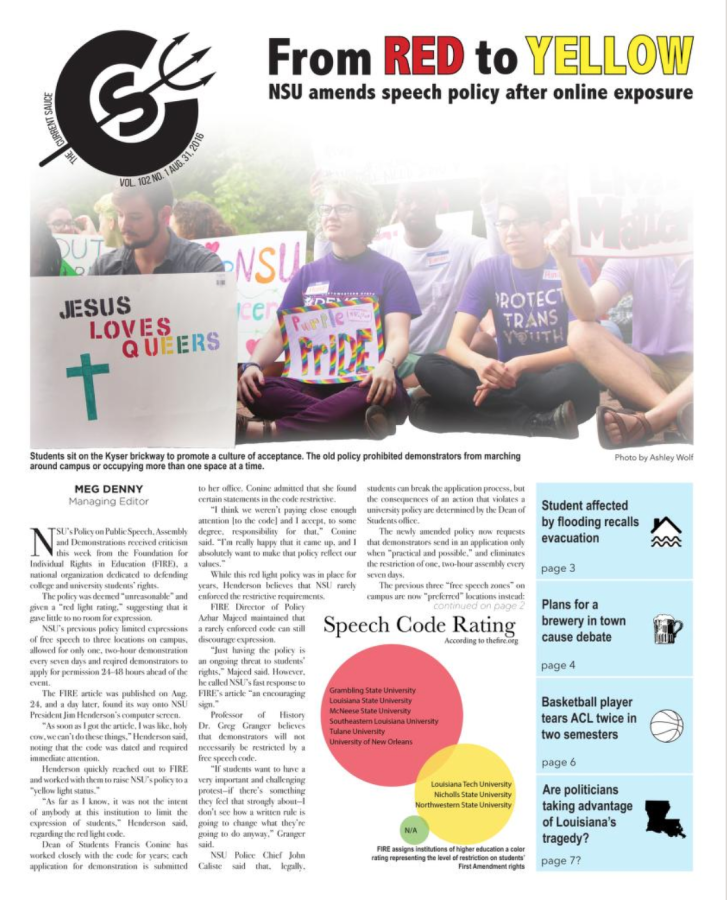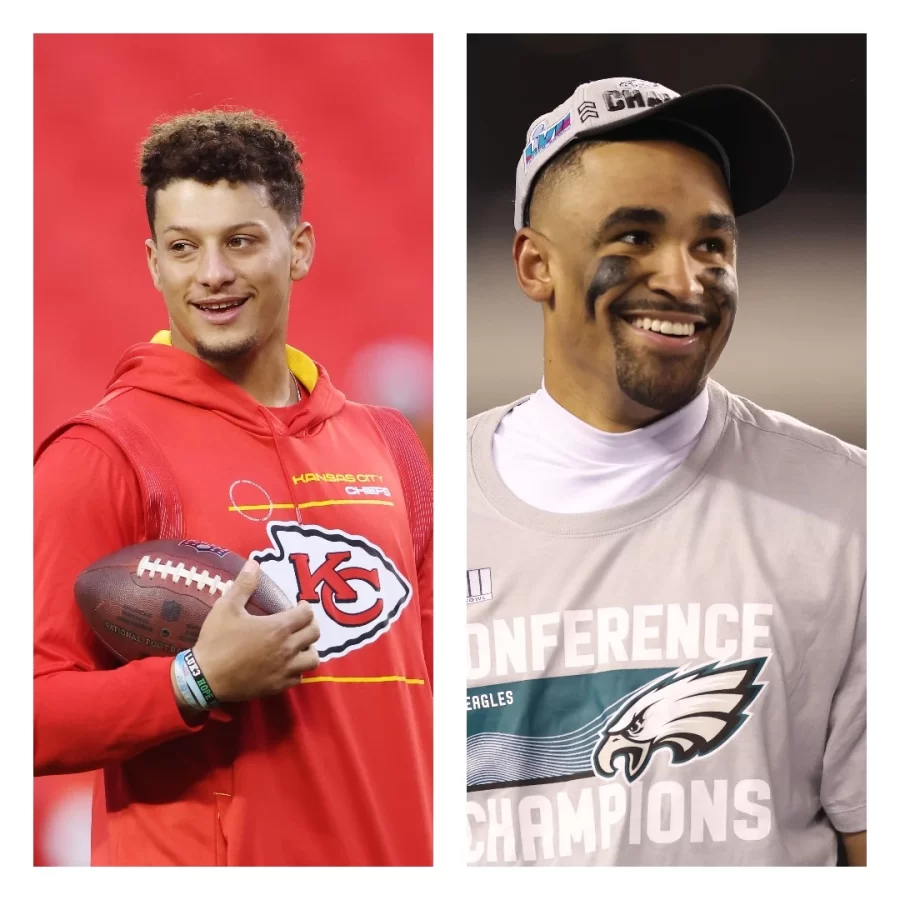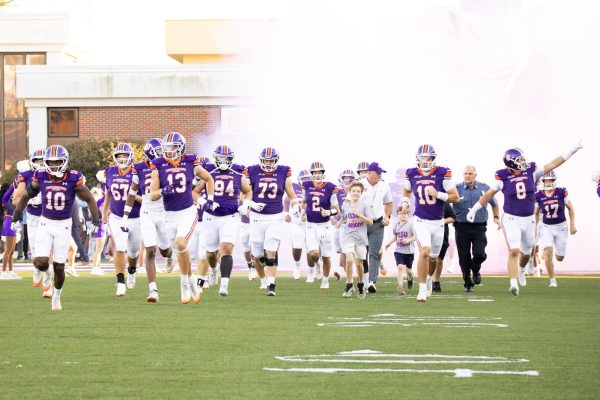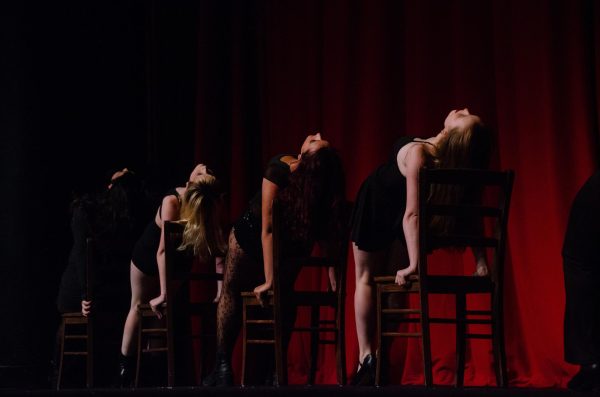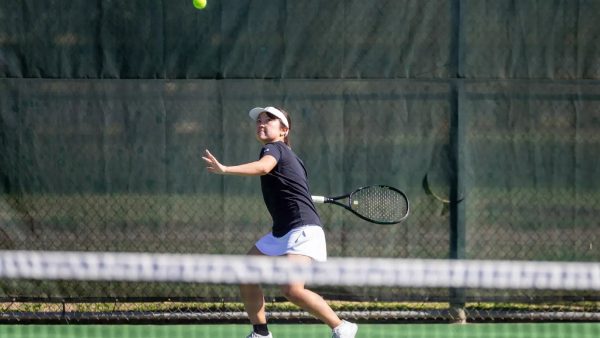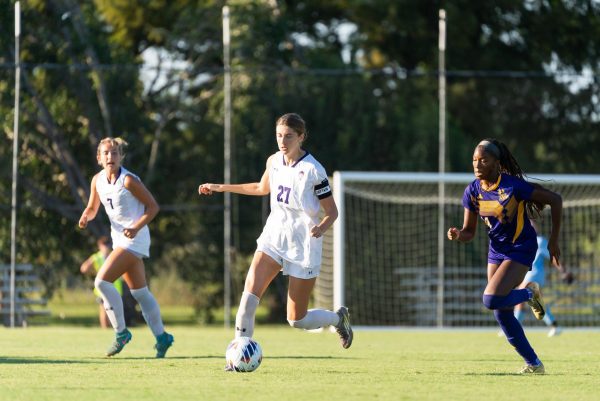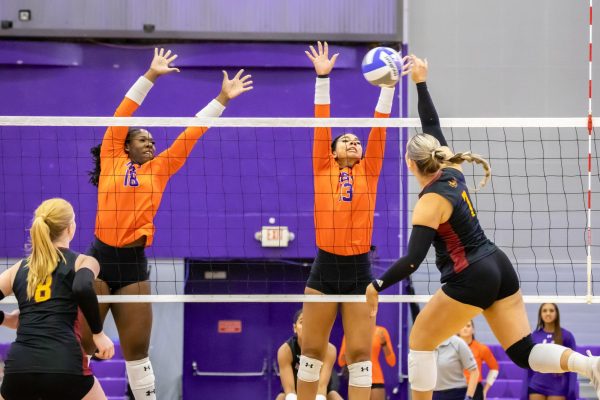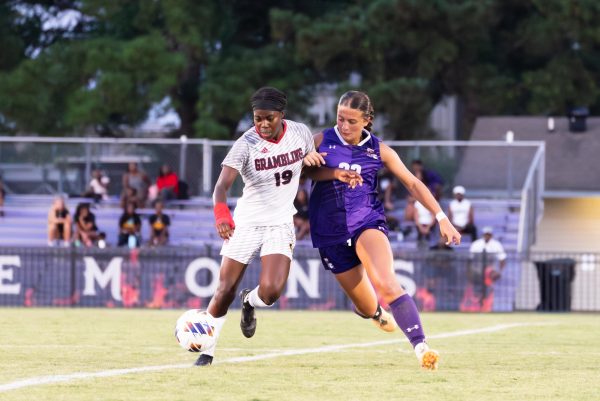How early Black football players inspired new generations
Kansas City Chiefs quarterback Patrick Mahomes and Philadelphia Eagles quarterback Jalen Hurts to go head to head in a historical Super Bowl matchup.
In 1968, Marlin Briscoe switched positions from a defensive back for the Denver Broncos to the new starting quarterback during his rookie season, making him the first Black quarterback to start in the National Football League. He then followed up by being the first Black quarterback to start in the Super Bowl era.
20 years later, former Washington Redskins’ Doug Williams became the first Black quarterback in NFL History to start and win the Super Bowl. This year will be another historic Sunday in the making.
For the first time in NFL History, there will be two Black quarterbacks starting in the championship game.
Philadelphia Eagles quarterback Jalen Hurts and Kansas City Chiefs quarterback Patrick Mahomes are two of the NFL’s stars playing under center for Super Bowl LVII. The 2022 NFL MVP Mahomes is starting his second Super Bowl in his six-year career, while it will be the first Super Bowl appearance for 2018 College Football Playoff National Champion Hurts.
Now, during Black History Month, many are celebrating the historical moment in history for Black athletes across America.
“I feel like it’s a huge deal to me,” BJ Higgins, freshman quarterback, said. “Just being able to look at the TV and see somebody that has the same skin color as me. Just makes me feel good, especially knowing that I play the position. Just makes me feel like one day, I can be out there doing the same thing.”
In the NFL, the position of quarterback of the offense is viewed as the hardest to play in the sport. A position that has heavily centered around intellectual talent and outstanding leadership, historically, hasn’t consistently had Black athletes filling quarterback roster spots on teams until the 90s.
According to some, this is an issue that has been and still is fueled by discriminative racial bias amongst team owners and coaching staffs who believe that Black athletes aren’t capable of excelling at the quarterback position as well as white athletes.
“I think the quarterback position, some people wouldn’t expect a Black person to go out there and play quarterback,” Demons’ freshman safety, DJ Johnson, said. “Cause’ you really have to be on it to play quarterback.”
As Black athletes began to enter the league in the 50s, they were commonly limited to more physical positions on the offensive side of football such as running back and wide receiver. After Doug Williams broke the barrier with his historic Super Bowl win in 1987, there were more Black quarterbacks that followed through.
Steve McNair and Donovan McNabb would come along in the late 90s to early 2000s leading the way for the revolutionary rise of the Black quarterbacks of the 2010s.
“Definitely Russell Wilson, Cam Newton, and Lamar Jackson,” Higgins said. “Russell Wilson, Cam Newton. They are some very great quarterbacks,” Johnson said. Those quarterbacks have now set the stage for Patrick Mahomes and Jalen Hurts, prime athletes representing Black Americans to more than 100 million viewers nationwide.
The doors these quarterbacks have opened for young Black football athletes who want to potentially be quarterbacks in the league are greatly appreciated.
“Just a whole bunch of players that have paved the way for African American quarterbacks,” Higgins said. “Just knowing that is like a huge thing for me because it just showed the diversity they faced and me going through the same things they have to face is just huge to know that I can be doing the same thing.”

